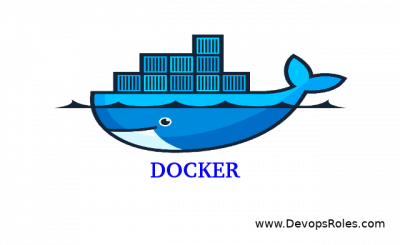Table of Contents
Introduction
Docker Compose has revolutionized the way developers manage multi-container applications by simplifying deployment and orchestration. A critical aspect of using Docker Compose is networking. By utilizing multiple networks in your Docker Compose setup, you can improve security, enhance communication between services, and fine-tune resource accessibility. In this guide, we’ll explore how to use Docker Compose multiple networks, complete with practical examples and a detailed FAQ section.
Understanding Docker Networks
What Are Docker Networks?
Docker networks allow containers to communicate with each other and with external systems. Docker offers several types of networks:
- Bridge Network: The default network type for standalone containers.
- Host Network: Bypasses Docker’s network stack and uses the host’s network.
- Overlay Network: Used for multi-host communication in a Docker Swarm cluster.
- None Network: Containers are isolated from any network.
In Docker Compose, you can define custom networks, making it easier to manage container communication.
Why Use Multiple Networks in Docker Compose?
- Enhanced Security: Isolate services to reduce the attack surface.
- Improved Scalability: Organize services across multiple networks to optimize performance.
- Better Management: Separate internal and external services for streamlined maintenance.
Setting Up Multiple Networks in Docker Compose
Basic Network Configuration
Docker Compose allows you to define networks in the docker-compose.yml file. Here’s a basic example:
docker-compose.yml
version: '3.8'
services:
web:
image: nginx
networks:
- frontend
app:
image: my-app-image
networks:
- frontend
- backend
database:
image: mysql
networks:
- backend
networks:
frontend:
backend:In this example:
- The web service connects to the
frontendnetwork. - The app service connects to both
frontendandbackendnetworks. - The database service connects to the
backendnetwork only.
Advanced Network Configuration
For more complex setups, you can customize network settings. Here’s an advanced configuration example:
version: '3.8'
services:
web:
image: nginx
networks:
frontend:
ipv4_address: 192.168.1.10
app:
image: my-app-image
networks:
frontend:
aliases:
- my-app.local
backend:
ipv4_address: 192.168.2.10
networks:
frontend:
driver: bridge
ipam:
config:
- subnet: 192.168.1.0/24
backend:
driver: bridge
ipam:
config:
- subnet: 192.168.2.0/24In this setup:
- Custom IP addresses are assigned to services.
- Aliases are used for easier service discovery.
Practical Examples
Example 1: Isolating Frontend and Backend Services
version: '3.8'
services:
frontend:
image: react-app
networks:
- frontend
backend:
image: node-api
networks:
- backend
networks:
frontend:
backend:In this example:
- The frontend and backend services are isolated on separate networks.
- They can only communicate through predefined rules.
Example 2: Using External Networks
version: '3.8'
services:
app:
image: my-app-image
networks:
- existing-network
networks:
existing-network:
external: trueThis configuration connects the app service to an external Docker network.
Managing Docker Compose Networks
Listing Networks
To list all networks created by Docker Compose:
docker network lsInspecting a Network
To get detailed information about a specific network:
docker network inspect <network_name>Removing a Network
To remove unused networks:
docker network pruneCommon Issues and Troubleshooting
1. Network Conflicts
If you encounter network conflicts, ensure your subnets do not overlap.
2. Service Communication Issues
Make sure the services are connected to the correct networks and use service names for communication.
FAQ Section
Q1: Can I connect a container to multiple networks?
Yes, you can connect a container to multiple networks in Docker Compose by listing them under the networks section of the service.
Q2: How do I create an external network?
You can create an external network using the docker network create command and then reference it in your docker-compose.yml file.
Q3: Can I assign static IP addresses to containers?
Yes, you can assign static IP addresses by configuring the ipam settings in the networks section.

External Resources
Conclusion
Using multiple networks in Docker Compose can significantly enhance your containerized applications’ security, scalability, and maintainability. By following the examples and best practices outlined in this guide, you’ll be well-equipped to handle complex networking configurations in your Docker projects. Thank you for reading the DevopsRoles page!


